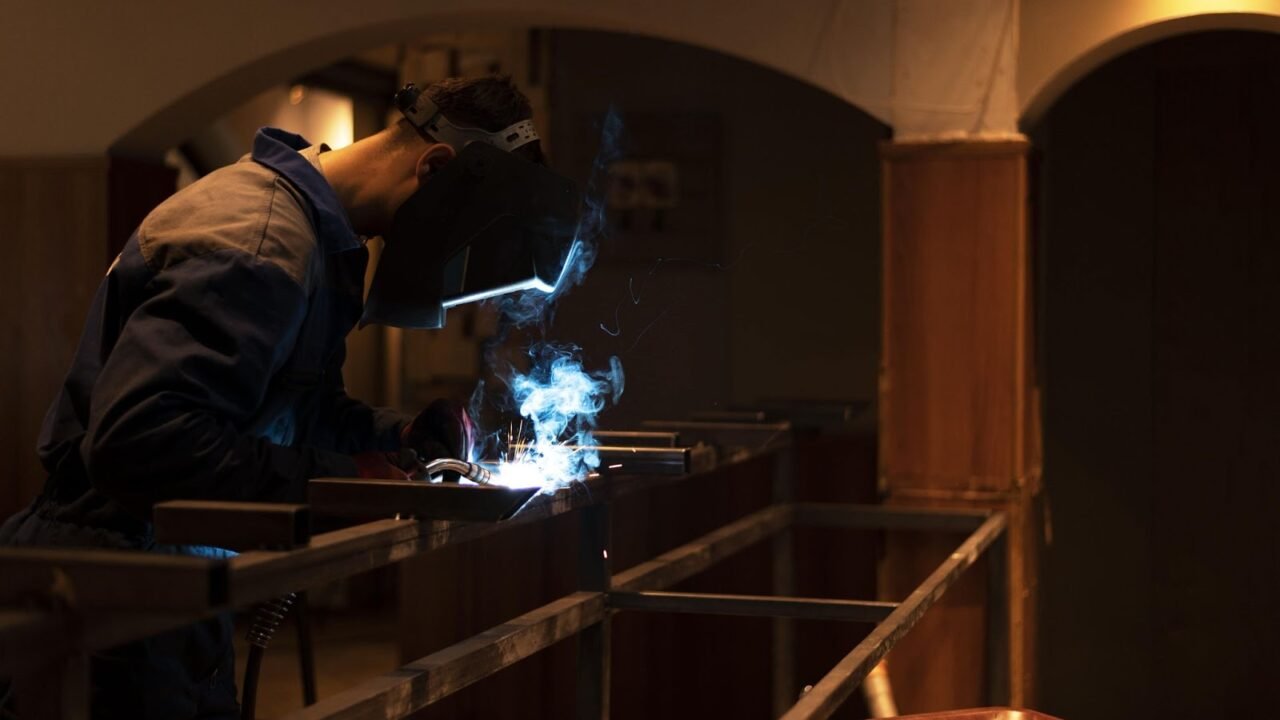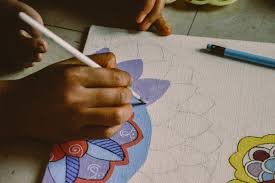Art therapy is an increasingly popular approach in the mental health field, helping individuals express emotions, process trauma, and develop self-awareness. Integrating creative arts such as drawing, painting, and sculpting into therapy can provide people with a non-verbal means to communicate, particularly beneficial for those who find it challenging to articulate their feelings through words alone. This therapeutic practice offers a unique pathway toward mental well-being, connecting emotional expression with creative processes in ways that traditional talk therapy might not always achieve.
Understanding Art Therapy: A Unique Therapeutic Medium
Art therapy is based on the concept that engaging in creative activities can be healing. Through art, people can access their subconscious, bringing suppressed emotions to the surface in a safe and controlled manner. Licensed art therapists guide patients through various creative exercises, allowing them to explore thoughts and feelings that might otherwise be difficult to express. The resulting artwork often serves as a visual representation of the client’s mental state, which can help both the therapist and the individual understand underlying issues that need to be addressed. This form of therapy can be particularly effective for those dealing with anxiety, depression, PTSD, and other mental health challenges.
Art Therapy and Emotional Expression
One of the primary benefits of art in mental health therapy is its ability to facilitate emotional expression. For individuals who have endured traumatic experiences, words alone may be insufficient to express complex emotions. Art becomes an outlet to release emotions that may be too painful to verbalize. Through drawing or painting, patients can begin to externalize their inner turmoil, creating a tangible manifestation of their experiences. This process not only helps in releasing pent-up feelings but also provides the individual with a sense of control over their emotional journey. Art thus serves as a bridge, helping individuals connect with their feelings without feeling overwhelmed.
Enhancing Self-Awareness and Personal Growth
Art therapy also fosters self-awareness, offering individuals insights into their thoughts and behaviors. By examining their own creations, patients can uncover hidden fears, desires, and strengths. For instance, a person struggling with low self-esteem may unknowingly express a positive self-image through their art, revealing untapped potential for self-acceptance. This self-discovery process empowers individuals, encouraging personal growth and self-compassion. Many people who engage in art therapy report feeling more confident and capable, as they become more attuned to their emotions and begin to make sense of their internal worlds.
Reducing Stress and Improving Focus
Creating art has also been found to reduce stress and promote relaxation. Engaging in creative tasks allows the mind to enter a meditative state, similar to what one experiences through practices like yoga or mindfulness meditation. When patients focus on the colors, shapes, and textures of their artwork, they momentarily set aside their worries, leading to a sense of calm and clarity. This effect can be particularly beneficial for people dealing with high levels of stress or anxiety, as art provides a much-needed mental break. Moreover, the repetitive motions involved in drawing or painting can have a soothing, grounding effect, helping individuals achieve better focus and mental clarity.
Art as a Tool for Building Relationships and Communication
In addition to individual therapy, art is also used in group settings to improve social interactions and communication skills. Working on art projects together can help people build connections and share experiences in a supportive environment. Art therapy in group settings often fosters a sense of community, helping individuals realize that they are not alone in their struggles. This social aspect of art therapy is particularly beneficial for people who may feel isolated due to mental health challenges, as it promotes empathy, understanding, and shared healing experiences.
Conclusion: The Healing Power of Art
Art therapy is an effective and transformative method for mental health treatment, offering individuals a path toward healing and self-discovery through creativity. It allows for emotional expression, self-awareness, stress reduction, and social connection, providing holistic support to those dealing with mental health issues. For some, creating art becomes not only a therapeutic practice but also a rewarding hobby that enhances their well-being. Whether it’s a means of releasing pent-up emotions or finding a moment of calm in the chaos, art proves to be a valuable tool in the journey toward mental health.
In fact, art therapy can even be shared with loved ones, as some patients find comfort in giving their creations as meaningful gifts to friends or family members. These pieces hold deep personal significance and are unique, heartfelt ways to connect with others. If you’re considering Gifts For Her that are both thoughtful and therapeutic, handmade art can be a wonderful and meaningful choice, symbolizing healing, love, and personal expression.





